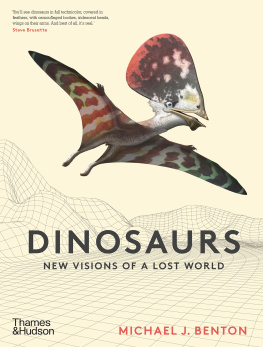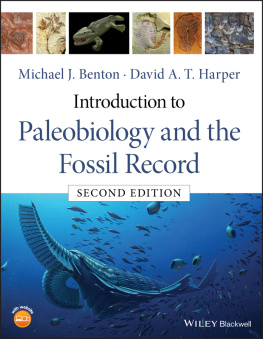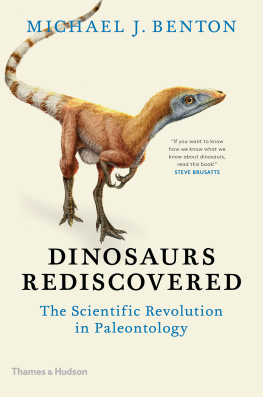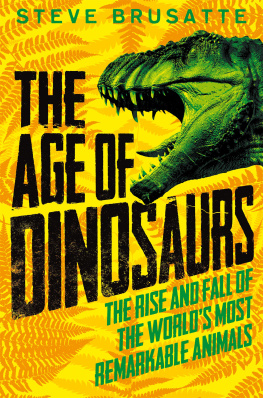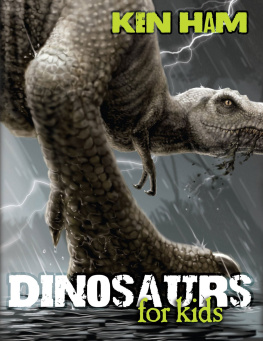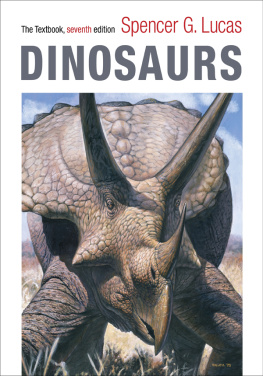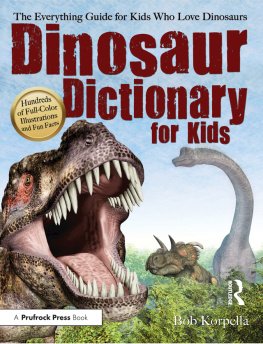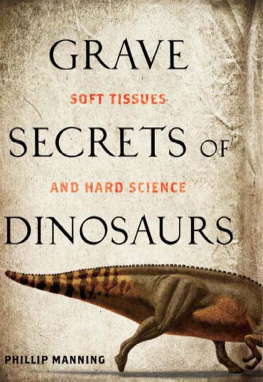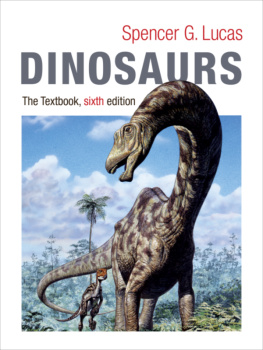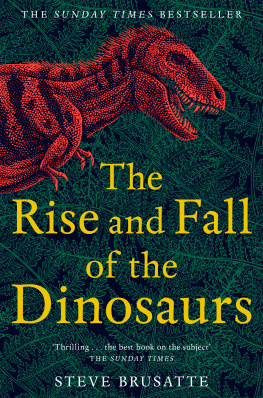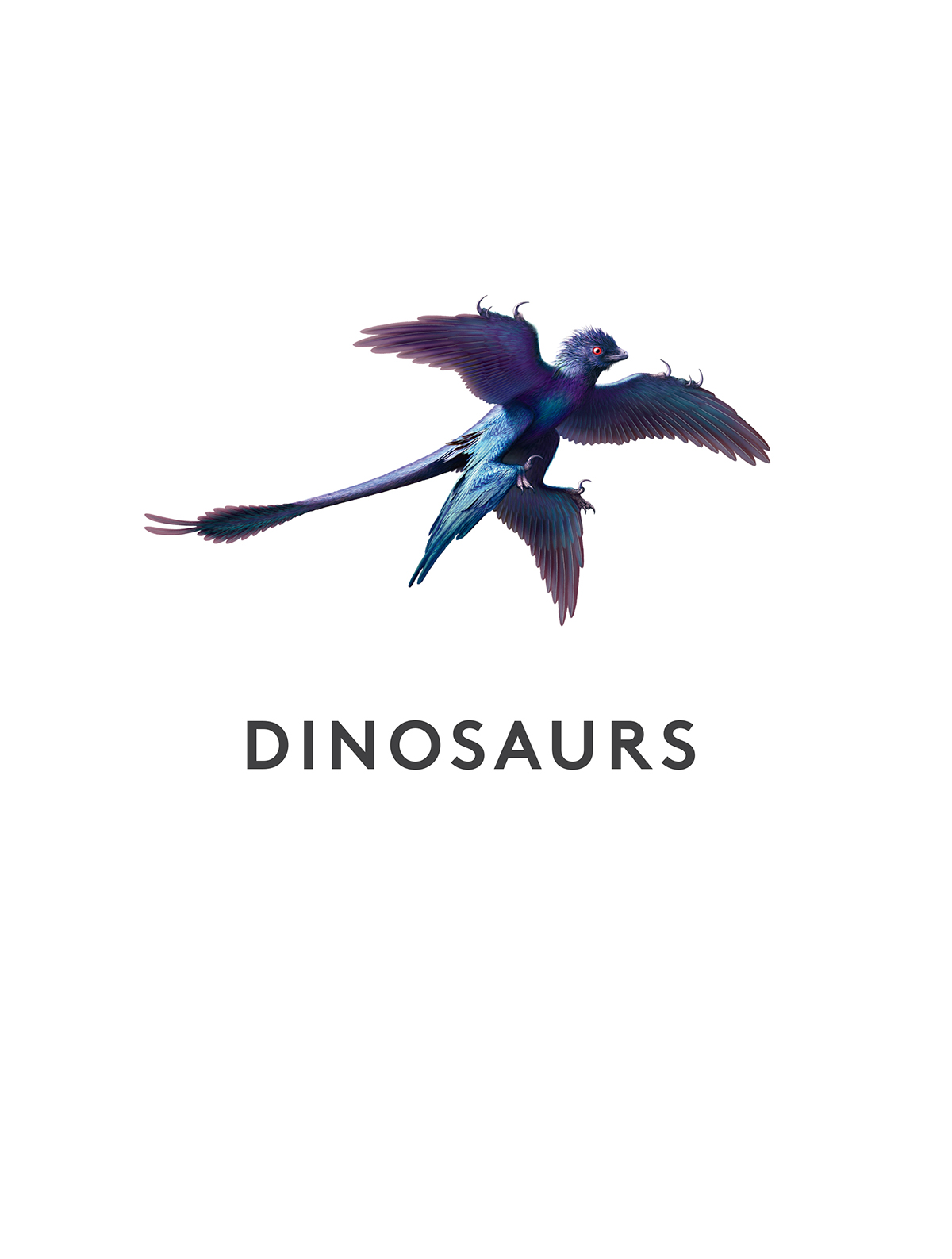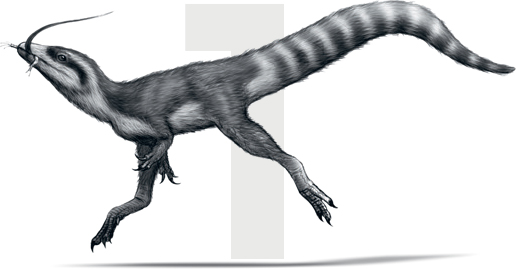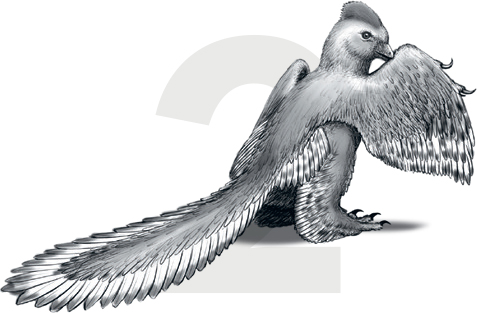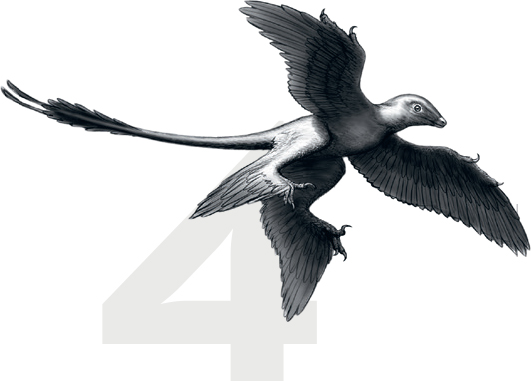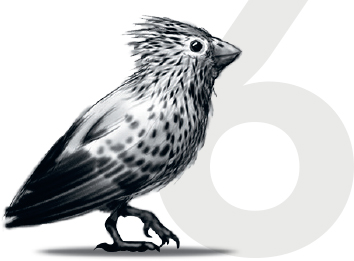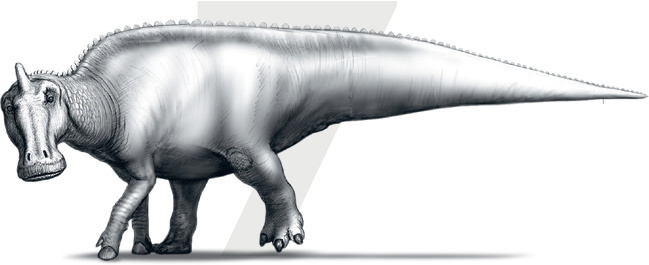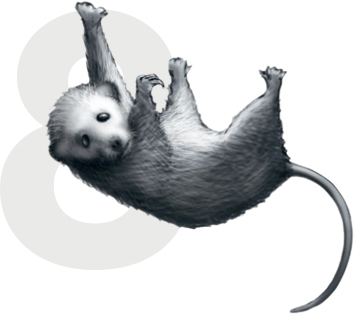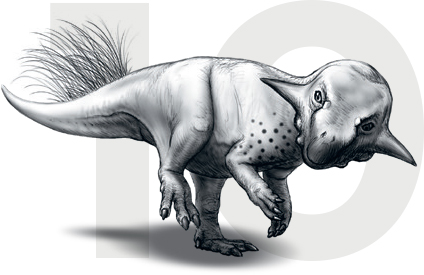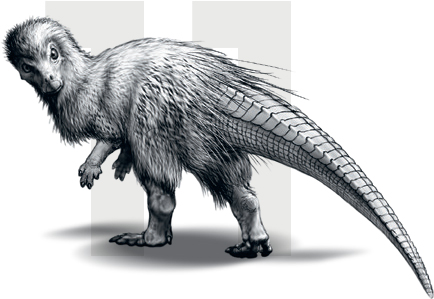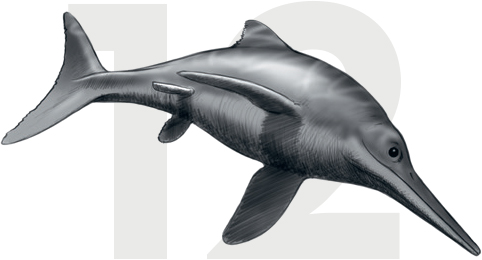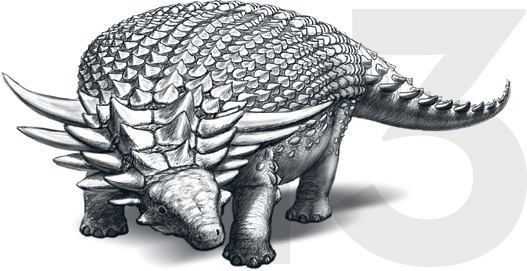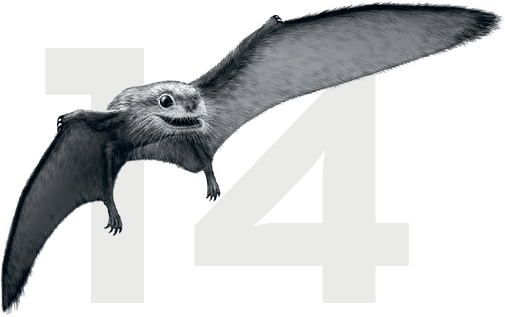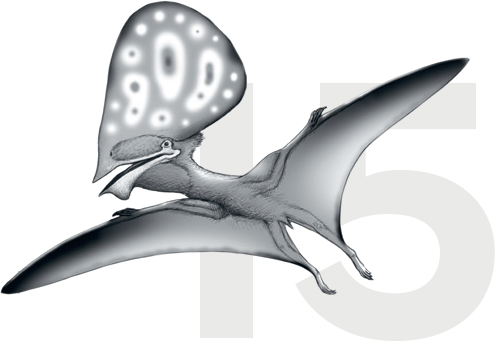Michael J. Benton - Dinosaurs: New Visions of a Lost World
Here you can read online Michael J. Benton - Dinosaurs: New Visions of a Lost World full text of the book (entire story) in english for free. Download pdf and epub, get meaning, cover and reviews about this ebook. year: 2021, publisher: Thames & Hudson, genre: Art. Description of the work, (preface) as well as reviews are available. Best literature library LitArk.com created for fans of good reading and offers a wide selection of genres:
Romance novel
Science fiction
Adventure
Detective
Science
History
Home and family
Prose
Art
Politics
Computer
Non-fiction
Religion
Business
Children
Humor
Choose a favorite category and find really read worthwhile books. Enjoy immersion in the world of imagination, feel the emotions of the characters or learn something new for yourself, make an fascinating discovery.
- Book:Dinosaurs: New Visions of a Lost World
- Author:
- Publisher:Thames & Hudson
- Genre:
- Year:2021
- Rating:5 / 5
- Favourites:Add to favourites
- Your mark:
Dinosaurs: New Visions of a Lost World: summary, description and annotation
We offer to read an annotation, description, summary or preface (depends on what the author of the book "Dinosaurs: New Visions of a Lost World" wrote himself). If you haven't found the necessary information about the book — write in the comments, we will try to find it.
The worlds leading paleontologist takes us on a visual tour of the latest dinosaur science, illustrated with accurate and stunning paleoart. Dinosaurs are not what you thought they wereor at least, they didnt look like you thought they did. Here, world-leading paleontologist Michael J. Benton brings us a new visual guide to the world of the dinosaurs, showing how rapid advances in technology and amazing new fossil finds have changed the way we see these extinct beasts forever. Stunning, brand-new illustrations by paleoartist Bob Nicholls display the latest and most exciting scientific discoveries in vibrant color. From Sinosauropteryx, the first dinosaur to have its color patterns identifieda ginger-and-white striped tail and a bandit maskby Bentons team at the University of Bristol to recent research on the surprising mixed feathers and scales of Kulindadromeus, this is one of the first books to include cutting-edge scientific research in paleontology. Each chapter focuses on a particular extinct species, featuring a specially commissioned illustration by Bob Nicholls that brings to life the latest scientific breakthroughs, with accompanying text exploring how paleontologists have determined new details, such as the patterns on skin and the colors of feathers of animals that lived millions of years ago. This visual compendium surprises and challenges everything you thought you knew about what dinosaurs looked like and how they lived.
Michael J. Benton: author's other books
Who wrote Dinosaurs: New Visions of a Lost World? Find out the surname, the name of the author of the book and a list of all author's works by series.

